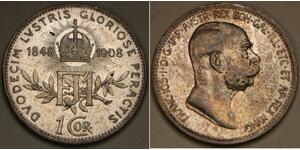1 Pfennig States of Germany Copper
1861,
Sachsen-Albertinische Linie. Johann 1854-1873. 1 Pfennig 1861 B. Jaeger 79, AKS 154.
20
coins in the group
View all coins in the group
View all coins in the group
(740 X 370 pixels, file size: ~58K)
Posted by: anonymous 2020-11-16
1861,Sachsen-Albertinische Linie. Johann 1854-1873. 1 Pfennig 1861 B. Jaeger 79, AKS 154. Winziger Fleck, Stempelglanz.
(740 X 367 pixels, file size: ~52K)
Posted by: anonymous 2020-11-12
1853,Sachsen-Albertinische Linie. Friedrich August II. 1836-1854. Cu Pfennig 1853. Jaeger 79, AKS 112. Winzige Flecken, Stempelglanz.
(740 X 367 pixels, file size: ~47K)
Posted by: anonymous 2020-11-12
1851,Sachsen-Albertinische Linie. Friedrich August II. 1836-1854. Cu Pfennig 1851 F. Jaeger 79, AKS 112. Exemplar der Sammlung Horn. Prachtexemplar. Fast Stempelglanz.
(740 X 366 pixels, file size: ~47K)
Posted by: anonymous 2020-11-12
1850,Sachsen-Albertinische Linie. Friedrich August II. 1836-1854. Cu Pfennig 1850. Jaeger 79, AKS 112. Winzige Flecken, Stempelglanz.
(740 X 370 pixels, file size: ~54K)
Posted by: anonymous 2020-11-12
1841,Sachsen-Albertinische Linie. Friedrich August II. 1836-1854. Cu Pfennig 1841. Jaeger 79, AKS 112. Winzige Flecken, Stempelglanz.
(1500 X 748 pixels, file size: ~146K)
Posted by: anonymous 2019-03-24
Sachsen-Albertinische Linie. Friedrich August II. 1836-1854. Pfennig 1848 F. Jaeger 79, AKS 112. Fast Stempelglanz
Articles
|
You may be interested in following coins
2025-06-20
-
New coins
2025-05-23
- New coin is added to 1 Corona Austria-Hungary (1867-1918) Silver Franz Joseph I ( ...
1 Corona Austria-Hungary (1867-1918) Silver Franz Joseph I ( ...
group has 25 coins / 17 prices
⇑
AUSTRIA 1 Corona 1908 - Silver 0.835 - 60 A. Reign of Franz Joseph - aUNC -2673*
You may be interested in ...

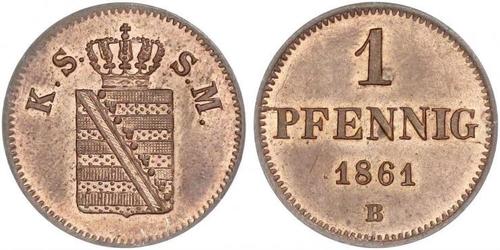
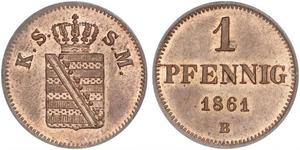
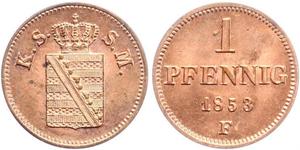
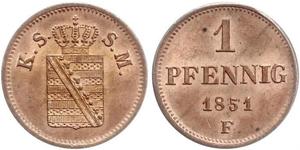







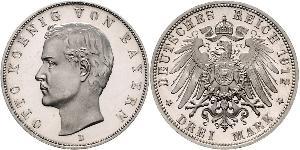

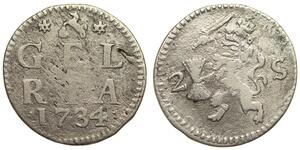
-300-150-AeIKqUpY7NEAAAFhroEy54Nz.jpg)
